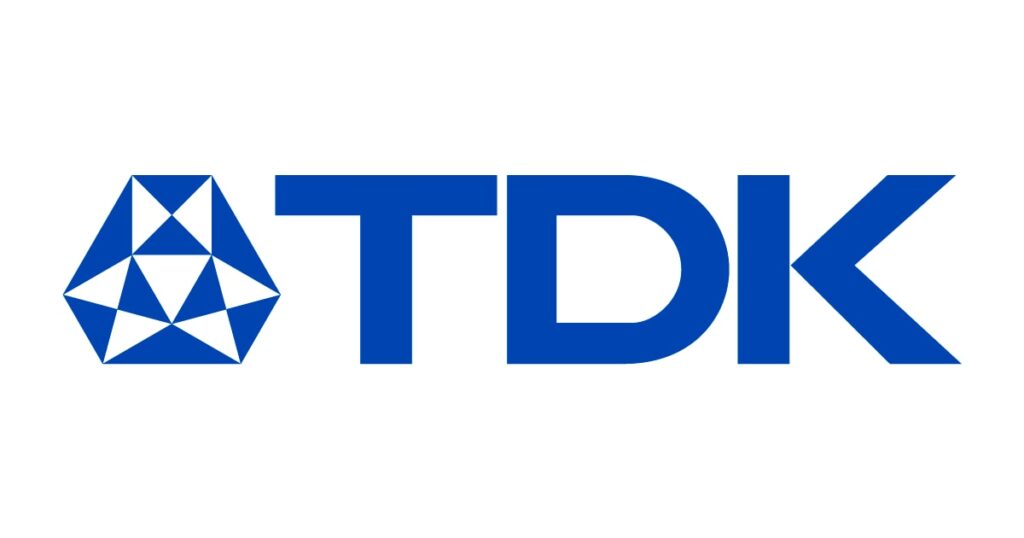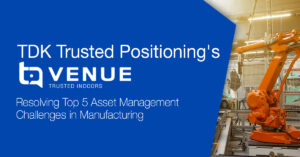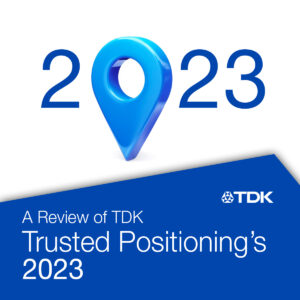“Break away from reliance on small capacity batteries and increase pillars of profit to three”
Major electronic components manufacturer TDK boasts a strong market share in small capacity rechargeable batteries for smartphone, one of its profit pillars, and also holds strong positions in passive components such as capacitors and inductors. While TDK has a history of switching gears on its mainstay products, we asked President Noboru Saito, who took the reigns of TDK in 2022, about the outlook in the market and TDK’s future business portfolio.
― The smartphone market was quite tough in 2022. How do you see the demand going forward?
The ICT field and smartphones in particular are still in an adjustment phase at the moment. And during that there have been lockdowns in China, the biggest market. The decline in demand also impacted adjustments on the supply side.
We believe smartphone inventory will start to clear out and the situation will improve around the middle of 2023. In the medium and long term, demand in the smartphone market probably won’t move up or down much compared with now. There is also potential for new edge devices that connect with IoT devices.
Additionally, our small capacity battery business is in the top class of the industry, but there continues to be future potential in other ICT devices. Demand for sensors, which have core value for the acquisition of data, will also continue to expand more in the future.
― What applications are promising for growth?
Looking at recent trends and also in the medium-to-long-term, xEV (electric vehicles) will drive the future of TDK. Even if there are slight course adjustments, in general this increasing trend will stay the same.
MLCC will also expand significantly in the future as a representative example of passive components. The number of MLCC units equipped per electric vehicle (EV) is three or four times that for a gasoline-powered vehicle. We are in an environment where the number of vehicles is growing, and the number of MLCC units equipped per vehicle is increasing as a multiple of that.
To increase production of MLCC, we will invest around 50 billion yen to construct a new manufacturing building on the grounds of our Kitakami Factory in Iwate Prefecture. We also have to look at investments beyond that. TDK has accumulated materials and process technologies that can deal with the high temperatures, high pressures and vibrations required in vehicles.
In the sensor business, half is for the ICT market, mainly smartphones, and around 30% is for vehicles. Demand for vehicles is important. In addition to magnetic sensors (an area in which TDK excels), temperature sensors, pressure sensors and MEMS motion sensors are starting to be used in vehicles. Many sensors are also highly customizable because we discuss specifications with customers from the upstream process. There are also some products for which we boast an overwhelming market share.
ー What is the positioning of the HDD head business, another large-scale business for TDK? This was once a profit pillar for TDK against a backdrop of demand for PCs, but now profitability has declined due to a fall in demand.
I wouldn’t say it is a low priority. Data centers are essential for handling the ever increasing amount of data. Urgent inventory adjustments took place due to economic fluctuations and in reaction to the COVID-19 pandemic, and demand has recently slumped, but this will not continue for long. We believe that HDD heads for data center will be a driver, with demand bottoming out around mid-2023, which will mark the start of a recovery.
Growth businesses are as expected
― In your mid-term plan, you are targeting net sales of two trillion yen and an operating profit margin of 12% for the fiscal year ending March 2024. But while you have targeting net sales of 2.17 trillion yen for the fiscal year ending March 2023, operating profit margin is far off target at 8.5%.
We will position sensors as well as passive components and batteries as three key pillars and our future growth drivers. There are no surprises to these three pillars, but the HDD head business has declined much more than expected. For other businesses, we will also work on what needs improvement in terms of profit and loss.
We require a two-pronged strategic of improving the profitability of problematic businesses while expanding businesses with growth potential. For example with passive components, we originally aimed for a profit margin of 15% in the final year of our mid-term plan. As a result of expanding demand for xEVs and other factors, in our financial results for April to December 2022, the profit margin was actually more than 18%. There is even more potential there. As there is a tailwind in the market, we can expand even further.
― TDK has a history of replacing the businesses that are its profit pillars, from magnetic tape, to HDD heads, and to small capacity batteries for smartphones. Several years from now, what products will TDK be making money from?
Recently the battery business has been a standout. Batteries are one of our three pillars, and even in the medium capacity battery market, in the medium to long term we want to clinch a leading market share.
Some people describe TDK as a having a mono-pole structure that is overly reliant on a single business, but in addition to batteries as our mainstay business, we have to develop a well-balanced portfolio and grow with sensors and passive components as well. A mono-pole structure will fall over when pushed. So we would rather have a two-pole or even a three-pole structure. With that many pillars of profit, we can stay standing no matter the direction we are pushed from. It is important to establish multiple pillars.
― In November 2022, TDK acquired shares in the Indian consolidated subsidiary of a battery subsidiary, making it a sub-subsidiary.
Several years ago we had already expanded into India for the post-processes of battery manufacturing, and have just begun the production of cells, which are the contents of batteries. This is not a trend away from China, and we will still manufacture in China, our biggest market, as a central base, but with the addition of India. There is a market in India itself, and we will continue to monitor customer trends while executing our production site strategies. Basically, TDK’s approach is based on the idea of supplying as much as possible where there is a market – essentially local production for local consumption. However, we are keeping a close eye on the latest situation and switching gears (in terms of production site diversification) a little.
Figure of interest: Target operating profit margin of 12% for the fiscal year ending March 2024
In addition to highly profitable passive components and small capacity battery business, the key to achieving TDK’s targets will be whether improvements can be made to the low-profitability or unprofitable HDD head and sensor businesses.
Journalists’ perspective: Can TDK exceed market growth in the key automotive industry?
Automotive applications account for over 40% of net sales of passive components, and the global market share for automotive MLCC is split between TDK and Murata. Even the sensor business, which Noboru Saito headed before he was appointed president, is now barely at the stage where a return to profitability can be seen, but sales of magnetic sensors, a specialty of TDK, are expanding for automotive applications. As the trends towards electrification continue, it is inevitable that competitors will start to focus more on the automotive industry. It remains to be seen whether TDK can achieve growth that outpaces the market, including whether it can expand into products outside its areas of specialization.



